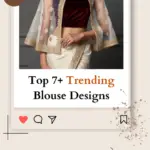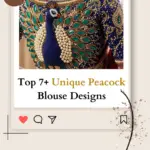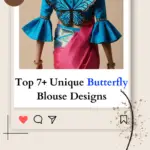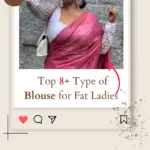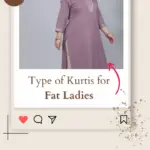Welcome to our comprehensive guide to women’s clothing sizes and measurements. In this article, we’ll provide you with valuable information to help you navigate the world of women’s fashion. From understanding clothing sizes to measuring for the perfect fit and staying on top of fashion trends, we’ve got you covered.
Understanding Women’s Clothing Sizes:
- Exploring the complexity of women’s clothing sizes and why they vary across brands and countries: Have you ever noticed that women’s clothing sizes can be quite complex and vary significantly between different brands and even countries? This can be frustrating and confusing when trying to find the right size for your body. The truth is, that several factors contribute to this complexity.
- Different design philosophies: Each brand has its unique design philosophy, which influences how it creates its clothing and determines its sizing. Some brands prioritize a more relaxed fit, while others lean towards a slimmer or more tailored style.
- Target markets: Brands often cater to specific target markets, which can influence their sizing choices. For example, a brand targeting younger individuals might offer more petite and trendy sizing options, while a brand catering to a more mature audience might focus on regular and plus-size ranges.
- Cultural preferences: Sizing standards can also vary across countries due to cultural differences in body types, fashion preferences, and sizing conventions. What may be considered a size 8 in one country could be labeled differently in another.
- Decoding the different sizing systems such as numerical, lettered, and alpha-numeric: Women’s clothing sizes are often labeled using different systems, such as numerical (like 2, 4, 6), lettered (like XS, S, M, L), or alpha-numeric (like 8P, 10R, 12W). Decoding these systems can seem like a puzzle, but it’s crucial to understand how they correspond to your measurements.
- Numerical sizes: Numerical sizes typically represent specific body measurements, such as bust, waist, and hip measurements. However, keep in mind that these measurements can still vary between brands.
- Lettered sizes: Lettered sizes, like XS, S, M, and L, are more generalized and usually represent a range of measurements. These sizes can be a helpful starting point, but it’s important to refer to the brand’s size chart for more accurate information.
- Alpha-numeric sizes: Alpha-numeric sizes, such as 8P or 10R, often indicate specific variations within a size range, such as petite (P) or regular (R). These variations accommodate different body proportions and heights.
- Understanding the differences between petite, regular, and plus-size clothing: Women’s clothing is typically categorized into different size ranges to accommodate diverse body types. Let’s explore these categories:
- Petite clothing: Petite sizes are designed for individuals with shorter heights. They feature adjusted proportions, such as shorter inseams and sleeve lengths, to better suit petite frames.
- Regular clothing: Regular sizes are intended for average-height individuals and are the most commonly found sizes in stores. These sizes cater to a wide range of body shapes and proportions.
- Plus-size clothing: Plus-size clothing is specifically tailored to accommodate fuller figures. These sizes offer more room in the bust, waist, and hips to ensure a comfortable and flattering fit.
How to Measure for Women’s Clothing:
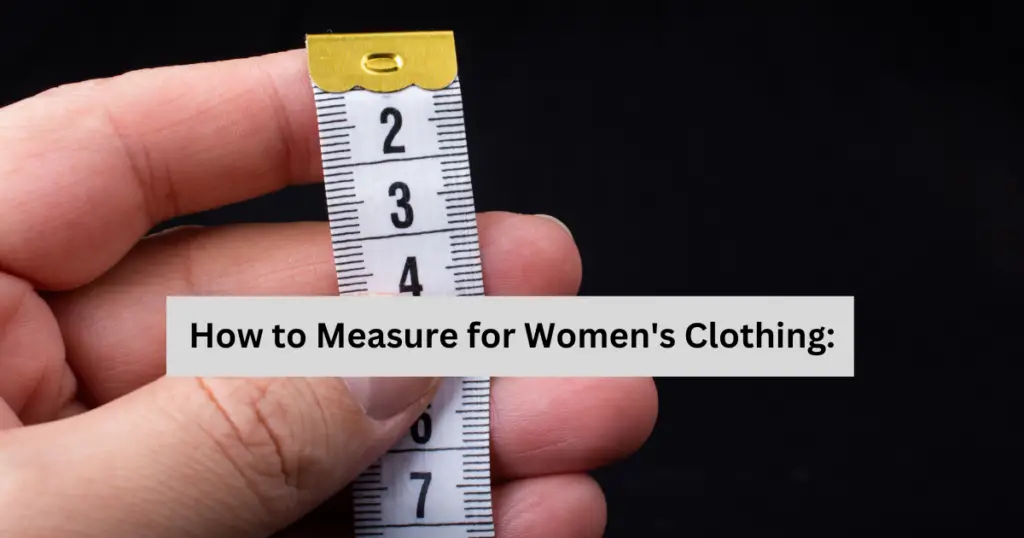
- Step-by-step instructions on how to accurately measure your body for the best fit: To ensure the best fit when shopping for women’s clothing, it’s important to take accurate measurements of your body. Here’s a step-by-step guide to help you through the process:
- Start by using a flexible tape measure, as it provides the most accurate results.
- Stand in a relaxed posture, keeping your body straight and natural. This will help ensure the measurements are true to your shape.
- Measuring key areas such as bust, waist, hips, inseam, and more: When measuring for women’s clothing, there are several key areas you should focus on:
- Bust: Wrap the tape measure around the fullest part of your chest, ensuring it is parallel to the ground and not too tight or loose.
- Waist: Locate your natural waistline, typically the narrowest part of your torso, and measure around it.
- Hips: Measure around the fullest part of your hips and buttocks, ensuring the tape measure is parallel to the ground.
- Inseam: For pants or skirts, measure from your inner leg, starting from the crotch area down to your desired length.
- Tips for taking measurements on your own or with the help of a friend: If you’re taking measurements on your own, these tips can be helpful:
- Use a mirror to ensure the tape measure is aligned properly and straight.
- Pull the tape snugly but not too tight, as overly tight measurements can lead to inaccurate results.
- Take multiple measurements of each area to ensure consistency and accuracy.
If you have the assistance of a friend, here are some tips to make the process easier:
- Stand upright and relaxed while your friend takes the measurements.
- Make sure the tape measure is placed correctly and parallel to the ground for accurate results.
Tips for Finding the Right Fit:
- Understanding the importance of fit and how it can enhance your overall appearance: Finding the right fit for your clothing is key to looking and feeling your best. When clothing fits properly, it enhances your body shape, boosts your confidence, and allows you to express your style. The right fit can make a significant difference in how you present yourself, so it’s worth investing time and effort into finding garments that flatter your figure.
- Tips for determining your body shape and choosing flattering clothing styles: Understanding your body shape is a crucial step in finding clothing that complements your figure. Here are some tips to help you determine your body shape and select flattering styles:
- Identify your body proportions: Take note of your bust, waist, and hip measurements to understand the balance between these areas. This will help you determine if you have an hourglass, pear, apple, or rectangular body shape.
- Research flattering styles for your body shape: Once you’ve identified your body shape, explore fashion resources and guides that suggest styles and silhouettes that best flatter your figure. For example, an hourglass shape may benefit from waist-defining styles, while an apple shape might opt for empire waistlines or A-line dresses.
- Exploring different silhouettes, necklines, and hem lengths to suit your preferences: Fashion offers a wide range of silhouettes, necklines, and hem lengths to cater to diverse preferences. Consider the following tips when choosing clothing styles:
- Silhouettes: Experiment with different silhouettes, such as fitted, flared, A-line, or tailored, to find the ones that enhance your body shape and make you feel confident.
- Necklines: Explore various necklines, such as V-neck, scoop neck, boat neck, or sweetheart, to find the ones that flatter your face shape and accentuate your best features.
- Hem lengths: Play with different hem lengths, including mini, knee-length, midi, or maxi, depending on your height, occasion, and personal style.
Fashion Trends and Styles:
- Keeping up with the latest fashion trends and how to incorporate them into your wardrobe: Fashion trends are constantly evolving, and staying up to date can be exciting and inspiring. Here’s how you can keep up with the latest trends and seamlessly incorporate them into your wardrobe:
- Fashion publications and blogs: Follow fashion publications, blogs, and social media accounts that cover the latest trends. They often provide insights into runway shows, street style, and emerging fashion movements.
- Adaptation to personal style: Remember, not every trend will suit your style. Choose trends that resonate with you and align with your fashion preferences. Incorporate them into your existing wardrobe by pairing trendy pieces with timeless classics for a balanced and individualistic look.
- Highlighting timeless fashion staples that never go out of style: While fashion trends come and go, there are timeless fashion staples that remain stylish year after year. These staples form the foundation of a versatile wardrobe and can be mixed and matched with trendier pieces. Here are some examples of timeless fashion staples:
- Classic white shirt: A crisp white shirt is versatile and can be dressed up or down for various occasions.
- Little black dress: A well-fitted little black dress is a timeless piece that exudes elegance and can be styled in countless ways.
- Tailored blazer: A tailored blazer adds polish to any outfit and can be worn with jeans, dresses, or trousers.
- Quality denim: Invest in high-quality jeans that fit you well and flatter your body shape. They are a wardrobe staple that can be dressed up or down.
- Outfit inspiration and styling tips for various occasions, from casual to formal events: Fashion is not only about trends and staples but also about expressing yourself through outfit choices for different occasions. Here are some tips to help you style outfits for various events:
- Casual occasions: Create casual and comfortable looks by pairing jeans or skirts with basic tees, sweaters, or blouses. Accessorize with statement jewelry or scarves to elevate the outfit.
- Workwear: Build a professional wardrobe with tailored trousers, skirts, blouses, and blazers. Opt for neutral colors and classic silhouettes that exude sophistication.
- Formal events: For formal occasions, choose elegant dresses or tailored suits. Pay attention to fabric, fit, and details to ensure a polished and sophisticated appearance.
Conclusion: We hope this women’s clothing guide has provided you with the knowledge and confidence to find the perfect fit and embrace your style. Remember, understanding your measurements and knowing how to navigate clothing sizes will make your shopping experiences more enjoyable and successful. Stay tuned for regular updates and new fashion insights to keep you ahead of the style game.


